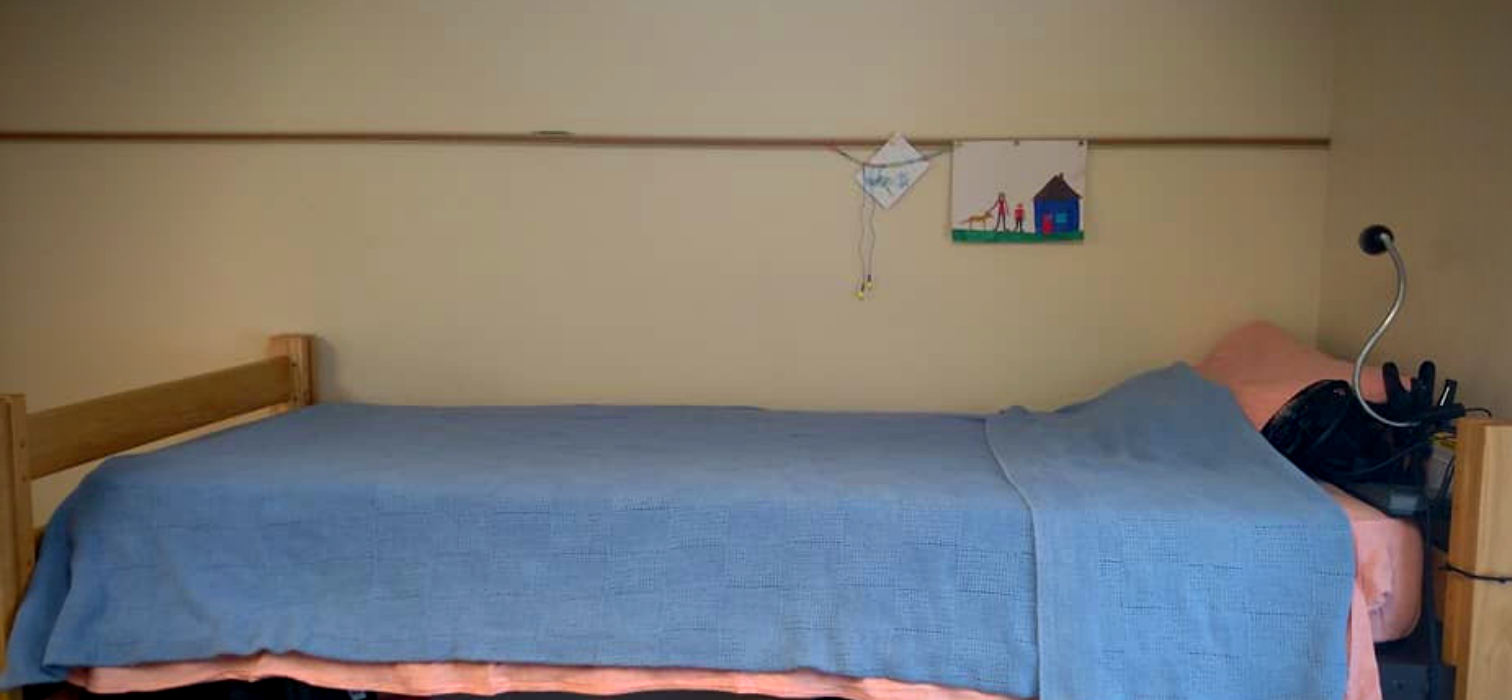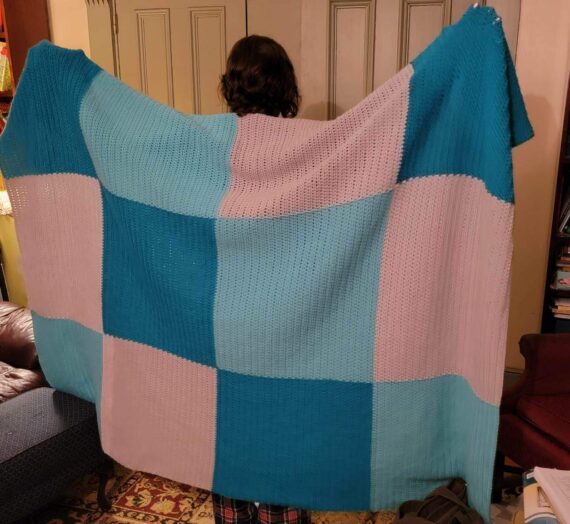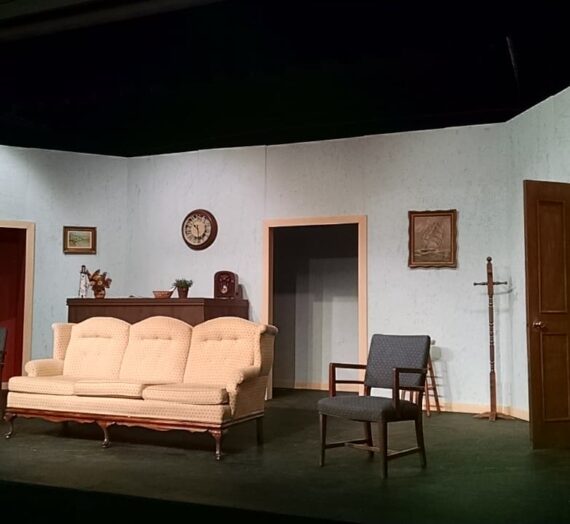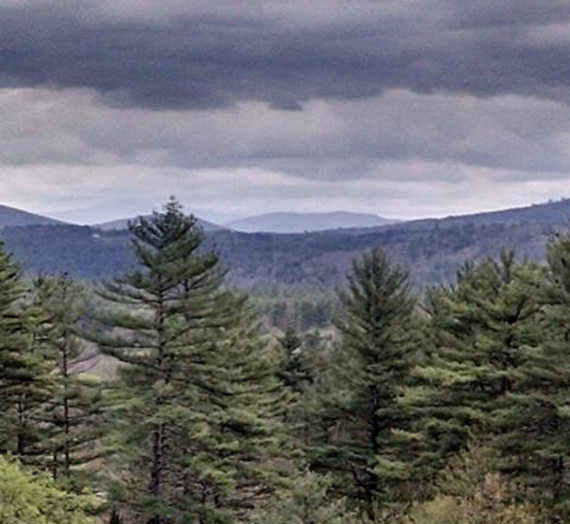Don’t pull out your notebook just yet, let’s talk about minimalism first. There are some things you ought to know how to explain in case folks start stereotyping you (or before you stereotype yourself!). Let’s talk about what minimalism looks like.
First of all, minimalism is a mindset. Mainly it means to reduce material belongings for a purpose. If that purpose is, for instance, to reduce stress, minimalism might even mean that a person is trying to reduce physical and mental clutter! I love that concept, it is key in counseling. In my humble opinion, we all have too much clutter somewhere.
Second, it doesn’t always “look” the same. I’m in a group on Facebook called Christian Minimalists by Teresa Forrester, and I just love her list of minimalist “types.” In June this year she asked members what their “type” or “style” of minimalism was, because we all start minimalizing for different reasons. Here are the different types she had noticed:
- Backpack Minimalist
- Tiny Space Minimalist
- Stark White Minimalist
- Bare Minimalist
- Hygge/Cozy Minimalist
- Organized Minimalist
- Creative Minimalist
- Dreamer Minimalist
Most people were a mix of multiple! I’m definitely a tiny space and hygge minimalist at this point. The picture for this post shows that I was a bit more of a bare minimalist back when I was starting college, so people definitely change and adapt. My dorm room was a lot brighter and cozier by the time I was a senior, let me tell you! I will have a picture of that on another post. Smister has mostly always been a practical, backpack minimalist (when he goes on business trips he brings a backpack for clothes, not a suitcase!). But we branch out from those, too. So, these categories are not meant to box anyone in; they observe that different motivations for minimalism produce different styles in minimalism. I’m very much not a stark white minimalist, because I love color and texture and like using all the senses (touch, smell, taste, sight, and sound) to create a hygge atmosphere. However, when people first hear about “minimalism,” they will often assume that it means stark white or bare. My parents were extremely concerned when I first started looking into minimalism because they thought I would throw all of my belongings away. That didn’t happen.
Third, minimalism is a lifestyle. It’s not always quick or easy. It’s a permanent purge of what you don’t want or need and a process of building habits that keep you from buying what you don’t want or need again. You can’t use it to make yourself clean out your house and then go back to what you were doing before. You must use it as a filter for anything coming into your home for it to make a difference. It’s just like comparing a fad diet to a new nutritional lifestyle. Do you want a temporary or a permanent fix? It’s also the same with biblical counseling – you have to toss the old, the toxic ways of thinking and replace them with God’s truth, the thoughts that are better (Phil 4:6-8). It’s a daily, intentional process.
You don’t have to go crazy with throwing stuff away to be a minimalist – minimalism is all about being intentional to avoid clutter (both mental and physical). Don’t think it’s extreme or a fad, it’s a lifestyle of moderation.




